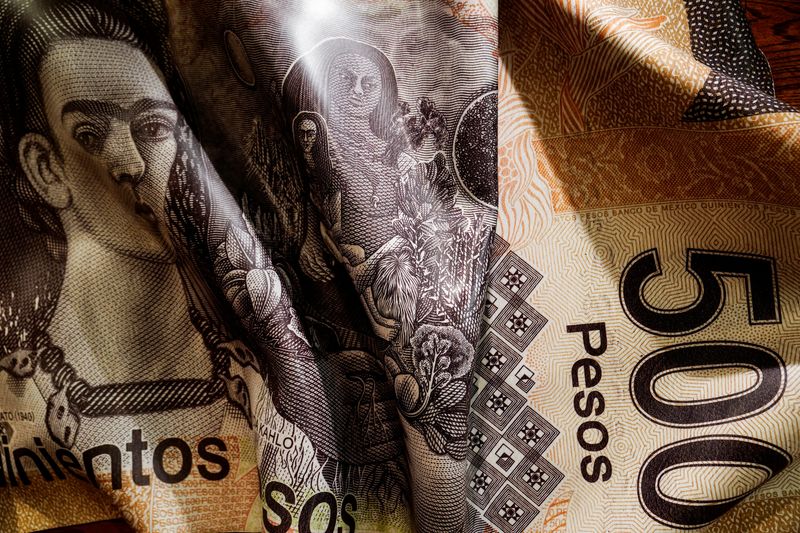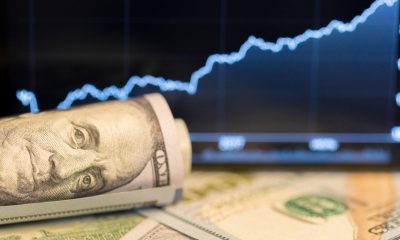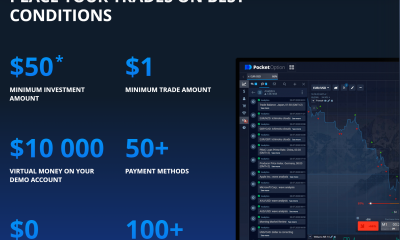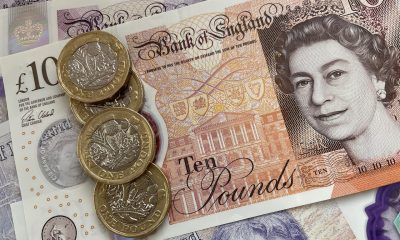Forex
Dollar extends gains, euro hurt by German data
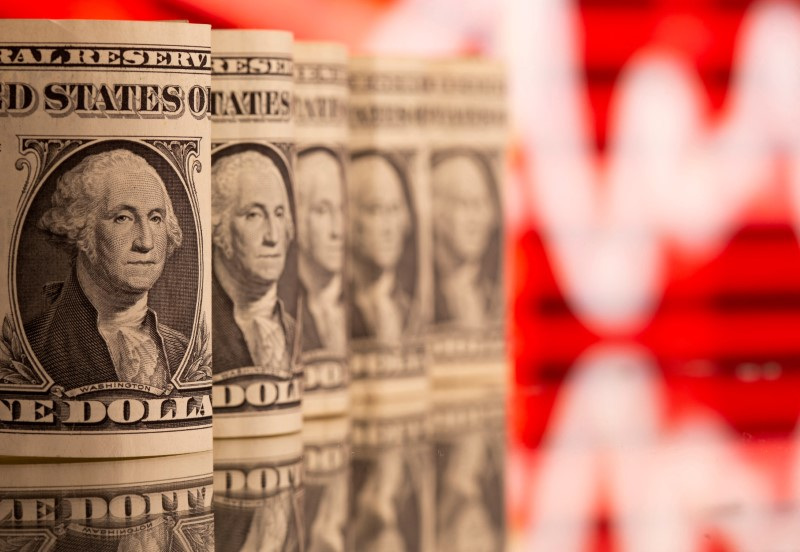
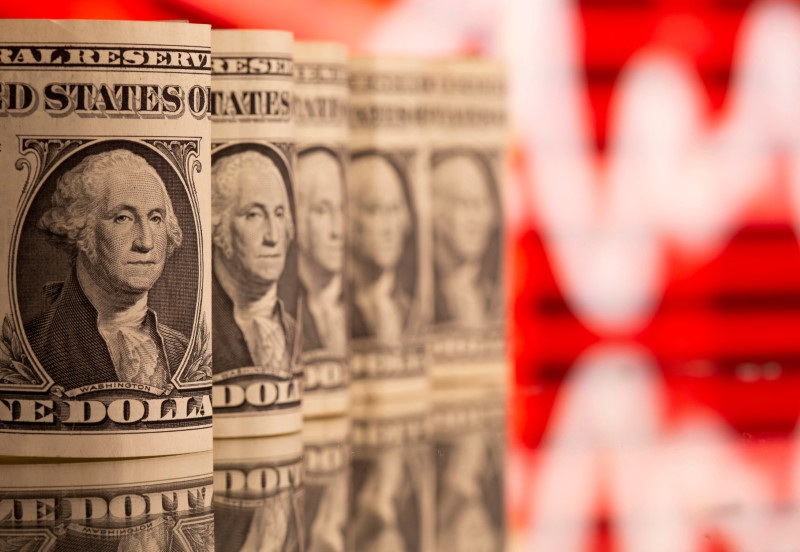
© Reuters. FILE PHOTO: U.S. one dollar banknotes are seen in front of displayed stock graph in this illustration taken, February 8, 2021. REUTERS/Dado Ruvic/Illustration/File Photo
By Ankur Banerjee and Alun John
SINGAPORE/LONDON (Reuters) – The dollar advanced on Tuesday as last week’s rally in riskier currencies took a breather, gaining on the euro after weak German data and on the Australian dollar after its central bank raised interest rates but hinted the hike was the cycle’s last.
The which tracks the U.S. unit against six main peers was up 0.35% at 105.65, driven by a 0.37% fall in the euro to $1.0677 and a 0.4% drop in the pound to $1.2288.
Tuesday data showing a larger-than-expected fall in German industrial production in September contributed to the euro’s weakness, said Fiona Cincotta, senior financial market analyst at City Index.
“The data comes after the German manufacturing PMI showed a deep contraction in October and suggests that the sector remains under pressure, acting as a drag on the German economy,” she said.
The euro, like most other currencies, gained sharply on the dollar last week as a series of data points – most notably U.S. data from Friday showing job growth slowed in October – sent the U.S. unit lower.
That led markets to price in Federal Reserve rate cuts by the middle of next year, contributing to a move lower in U.S. Treasury yields, and lifting risk appetite.
The dollar fell 1.4% last week, its steepest decline since mid-July, a sharp reversal after a recent run higher.
“If you look at the percentage of currencies that have been down versus the dollar over the last 26 weeks, it was approaching 100%, and data also showed very long dollar positioning … so we got a reversal of some of those positions triggered by the jobs report,” said Chester Ntonifor, foreign exchange strategist at BCA Research.
Where markets go from here “will have to depend on the incoming data”.
The rally in bonds and equities last week looks to be fading, with yields higher at the start of the week and the market focus switching to Fed officials’ comments this week.[US/]
Federal Reserve Bank of Minneapolis President Neel Kashkari said on Monday the U.S. central bank likely has more work ahead to control inflation.
Fed Chairman Jerome Powell is due to speak on Wednesday and Thursday, when the focal point will be whether he maintains the more dovish tone struck after the Fed’s policy meeting last week.
The focus was on Australia earlier in the day, where the Reserve Bank raised interest rates by 25 basis points to combat stubborn inflation, as expected, but markets seized on a tweak to the language in the central bank’s statement, and concluded further tightening was unlikely.
The Australian dollar sank 1.2%% to $0.641, on course for its biggest one-day percentage decline in a month.
Commonwealth Bank of Australia (OTC:)’s currency strategist Carol Kong said RBA’s forward guidance was slightly watered down, which was perceived as dovish, resulting in the Aussie quickly giving back its gains after an initial knee-jerk rally.
The Aussie had been among the beneficiaries of last week’s weakening dollar and touched a three-month peak on Monday
“With the RBA out of the way, the major determinants of will shift back to global. Expect focus to move back to Fed rhetoric and the resultant impacts on U.S. Treasuries,” Kong said.
The dollar gained 0.24% on the Japanese yen to 150.43 yen, back above the 150-level that has kept traders on edge in recent weeks as they look for signs of intervention from Tokyo.
The yen softened to 151.74 per dollar last week, edging closer to October 2022 lows that spurred several rounds of dollar-selling intervention.

 Forex3 years ago
Forex3 years agoForex Today: the dollar is gaining strength amid gloomy sentiment at the start of the Fed’s week

 Forex3 years ago
Forex3 years agoUnbiased review of Pocket Option broker

 Forex3 years ago
Forex3 years agoDollar to pound sterling exchange rate today: Pound plummeted to its lowest since 1985

 Forex3 years ago
Forex3 years agoHow is the Australian dollar doing today?

 Cryptocurrency3 years ago
Cryptocurrency3 years agoWhat happened in the crypto market – current events today

 World3 years ago
World3 years agoWhy are modern video games an art form?

 Commodities3 years ago
Commodities3 years agoCopper continues to fall in price on expectations of lower demand in China

 Economy3 years ago
Economy3 years agoCrude oil tankers double in price due to EU anti-Russian sanctions





